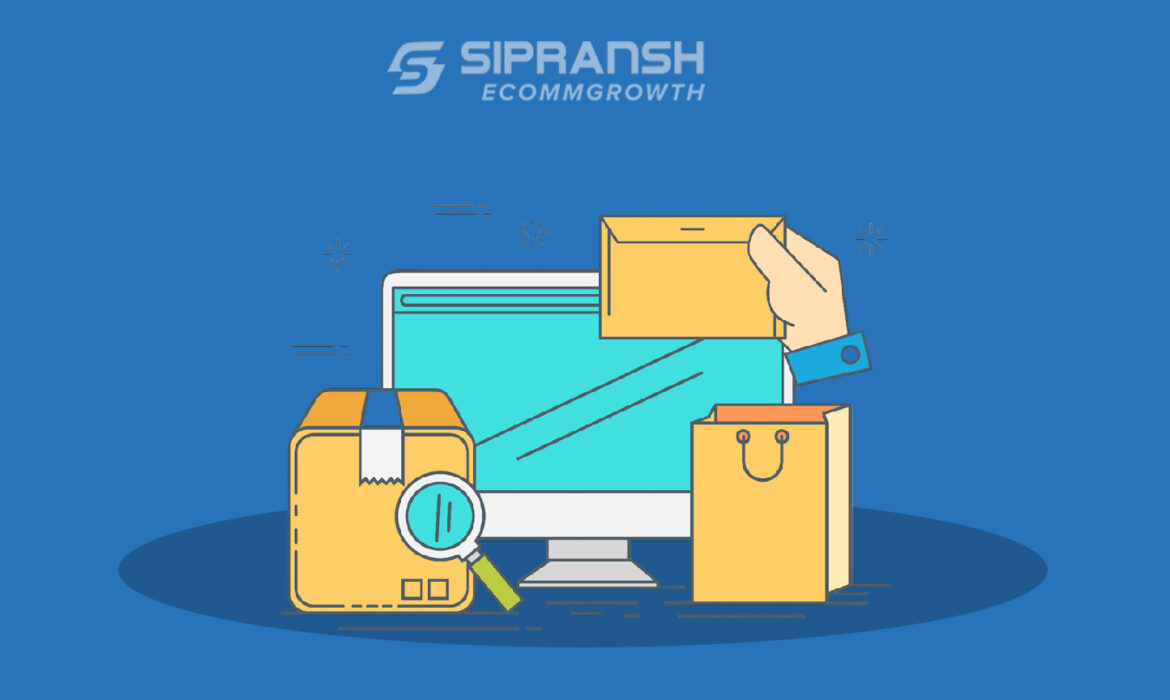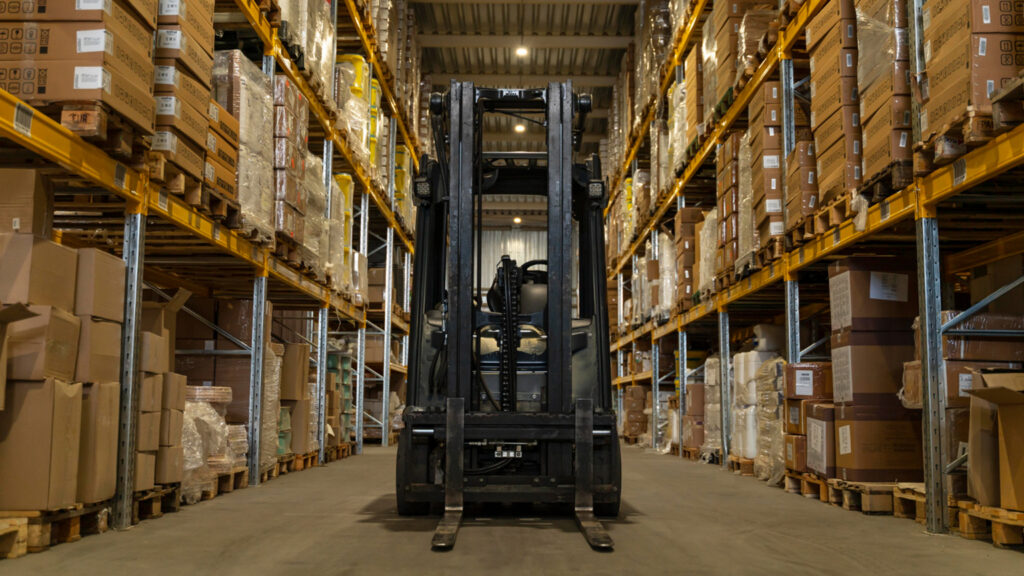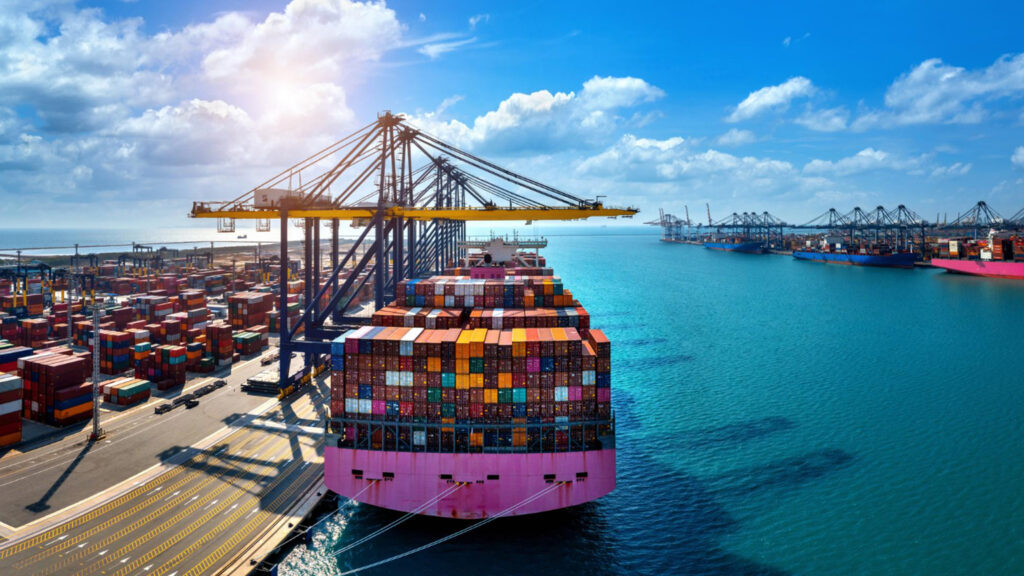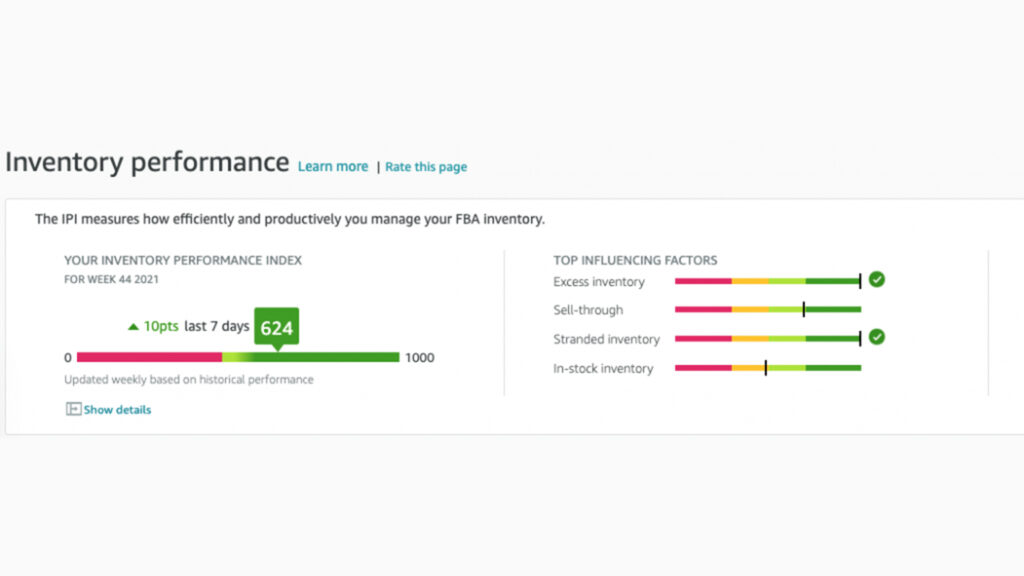
Amazon FBA is a game-changer for scaling your business, but the fees? They can quickly add up and eat into your profits. Many sellers accept these costs as unavoidable, but here’s the truth: with the right strategies, you can bring them down significantly. Whether it’s rethinking your packaging, optimizing your inventory, or staying on top of Amazon’s policies, every tweak counts. This guide will walk you through practical, proven tips to reduce your FBA fees and keep more money where it belongs—in your pocket.
Use smaller, lighter packaging—Amazon loves compact

Amazon’s fulfillment fees are heavily influenced by the size and weight of your products. The smaller and lighter your package, the lower your fees. Amazon categorizes items into tiers like “standard-size” or “oversize,” with each step up in dimensions or weight adding costs to your bottom line.
Start by reviewing your packaging design. Are you using unnecessarily bulky boxes or heavy materials? Switching to compact and lightweight options can significantly cut down on dimensional weight charges. For instance, switching from traditional cardboard to mailer pouches for soft goods or reducing padding can bring measurable savings. The key is to strike a balance—your packaging must protect the product while being as minimal as possible.
Don’t stop there. Amazon measures based on inches and ounces, so every fraction counts. Consider products that just barely cross into a higher fee tier. Could trimming even half an inch off your box dimensions push it into a lower tier? If yes, that’s money saved.
Finally, consider sustainability. Lightweight, compact packaging isn’t just good for your wallet—it’s eco-friendly and appeals to customers who value conscious brands. Optimize your packaging today, and watch those fees shrink.
For expert guidance on packaging optimization and reducing fulfillment costs, you might want to consult an Amazon consulting agency.
Don’t overstock; it’s a warehouse, not a storage locker

Amazon FBA’s storage fees can escalate quickly if you’re not careful with your inventory levels. While it’s tempting to send large quantities to avoid frequent restocking, overstocking can lead to significant costs—especially with long-term storage fees that Amazon charges for inventory sitting unsold for over 365 days.
Amazon’s warehouses are designed for quick turnover, not as your personal storage unit. Overstocking ties up your capital and clutters your inventory performance metrics, potentially lowering your IPI (Inventory Performance Index) score. A low IPI score can lead to restricted storage limits and even higher fees.
To avoid overstocking:
- Forecast demand accurately: Use tools or sales history to predict how much stock you’ll actually need.
- Restock regularly: Adopt a just-in-time inventory approach to maintain healthy stock levels without overloading Amazon’s shelves.
- Remove unsellable inventory: If items aren’t moving, it’s better to run promotions or remove them entirely rather than paying long-term fees.
Smart inventory management keeps your costs low and your business agile. Remember, the goal is to keep products flowing in and out—not parked for months on Amazon’s dime.
Know your dimensions—every inch costs extra

Amazon calculates FBA fees based on product dimensions, and even a fraction of an inch can push your item into a higher fee tier. If you don’t know the exact measurements of your products when packaged, you could be paying more than necessary.
Amazon classifies items into size tiers like standard-size or oversize. For example, a standard-size item under 12 x 9 x 0.75 inches with a weight under 1 pound incurs a lower fee compared to an item exceeding those dimensions. If your product dimensions cross into a larger category—even by a hair—your fees increase significantly.
To avoid unnecessary charges:
- Measure accurately: Use precise tools to measure your products, including packaging. Round up fractions when submitting dimensions to Amazon, but ensure you’re not overestimating.
- Optimize your packaging: Check if your current packaging adds unnecessary bulk. Reducing even an inch in height, width, or depth can save you substantial fees over time.
- Reassess oversized products: If you’re selling bulky items, consider disassembling or reconfiguring them to fit into a smaller tier, if feasible.
Avoid slow movers; dead inventory is a profit killer
Dead inventory doesn’t just take up space—it drains your profits. Amazon charges storage fees for every cubic foot of inventory, and if your products linger in their warehouses for too long, you’ll also face long-term storage fees. These can quickly turn slow-moving items into costly mistakes.
To avoid this, identify which products are dragging down your inventory performance. Use Amazon’s inventory reports to track sell-through rates and pinpoint items that aren’t moving as expected. Once you’ve identified them, take action:
- Discount slow movers: Offer promotions or bundle slow-moving items with bestsellers to increase sales.
- Run seasonal campaigns: Align sales efforts with holidays or special events to clear stagnant stock.
- Remove or liquidate inventory: If a product simply isn’t selling, it’s better to remove it or use Amazon’s FBA Liquidations program than to keep paying fees.
- Reevaluate listings: Poor listings often lead to slow sales. Optimize your titles, images, and keywords to attract more buyers.
Ship smarter—consolidate shipments whenever possible

Shipping products to Amazon’s fulfillment centers in smaller, frequent batches can be convenient, but it’s also expensive. Each shipment incurs handling fees, and smaller shipments often mean you’re not optimizing your shipping costs. By consolidating your products into fewer, larger shipments, you can save significantly on inbound shipping costs and reduce the hassle of managing multiple deliveries.
For guidance on streamlining your shipping strategy, working with Amazon account management experts can be a game-changer.
Here’s how to ship smarter:
- Use Amazon’s Partnered Carrier Program: This program offers discounted rates for large shipments. It’s especially cost-effective when sending pallets.
- Plan inventory needs in advance: Forecast your sales to determine how much stock you need to send in one go. This reduces the need for last-minute, small shipments.
- Consolidate products at your warehouse: If you have items arriving from multiple suppliers, combine them into a single shipment before sending them to Amazon.
- Leverage case-pack quantities: Shipping in pre-packaged cases can simplify handling and further reduce costs.
Keep an eye on your IPI score; it’s your inventory health check

Amazon’s Inventory Performance Index (IPI) score is a critical metric for FBA sellers. It reflects how efficiently you manage your inventory, and maintaining a healthy score is key to avoiding costly storage limitations and fees.
Amazon typically requires an IPI score of 400 or above to maintain unlimited storage access. Falling below this threshold can result in restricted storage space and higher overage fees. Here’s how to keep your score in the safe zone:
- Monitor excess inventory: Overstocking drives down your IPI score. Regularly review your inventory levels and use Amazon’s Excess Inventory tool to identify slow movers.
- Increase sell-through rates: Run targeted promotions, offer discounts, or adjust pricing to clear stagnant stock. High sell-through rates improve your score and free up storage space.
- Resolve stranded inventory: Fix listing issues quickly to ensure all products are sellable. Stranded inventory not only drags down your score but also blocks potential sales.
- Restock strategically: Maintain consistent availability for your bestsellers. Avoid stockouts as they negatively impact your score and sales performance.
Audit your FBA fees regularly; mistakes happen, and refunds exist
Amazon handles millions of transactions daily, and errors in calculating FBA fees can occur. These mistakes might include overcharging for storage, incorrect dimensional weight charges, or unrefunded returns. If you’re not auditing your fees regularly, you could be leaving money on the table.
Here’s how to stay on top of your FBA fees:
- Review your Fee Preview Reports: Amazon provides detailed reports showing fulfillment fees, storage costs, and more. Regularly compare these with your actual sales and inventory data.
- Check product dimensions and weight: Misclassified products can lead to higher fees. Ensure your product measurements are accurate and reflect what’s listed in Amazon’s database.
- Track returns and Amazon reimbursements: Sometimes, Amazon fails to refund you for returned products that were not resold. Use the Returns Report to verify all eligible refunds are processed.
- File claims for overcharges: If you identify discrepancies, open a case with Amazon Seller Support. Provide evidence like invoices, shipping data, and screenshots from your reports to support your claim.
Label products properly—don’t let carelessness cost you

Incorrect labeling is a surprisingly common mistake that can lead to unnecessary fees, stranded inventory, or delays in getting your products live on Amazon. Amazon requires clear and accurate labeling to ensure your inventory is correctly identified and tracked throughout its fulfillment network.
Here’s what to keep in mind:
- Use Amazon-compliant labels: Every product must have a scannable FNSKU label that matches the product listed in your Seller Central account. Without this, your inventory could be flagged or even rejected.
- Double-check product details: Ensure the label matches the product’s exact ASIN, condition, and variation (like size or color). Mistakes can result in mix-ups or customer complaints.
- Avoid covering barcodes: Labels must be clearly visible and not obstructed by tape, packaging, or other materials. A blocked barcode can cause delays or misclassification.
- Consider Amazon’s Label Service: If you don’t want to handle labeling yourself, opt for Amazon’s service to save time and avoid errors. However, this comes with an added cost per unit.
- Test your labeling process: Print a few sample labels, apply them, and scan them to ensure they’re clear and readable.
Stay updated on fee changes; ignorance is expensive
Amazon frequently updates its fee structure, and missing these changes can directly impact your bottom line. Whether it’s increases in fulfillment fees, adjustments to storage costs, or new program fees, staying informed helps you adapt and optimize your business strategies.
For instance, recent changes include increased long-term storage fees and adjustments in FBA fulfillment costs for oversized products. Ignoring such updates can result in unexpected expenses that erode your profit margins.
To stay ahead:
- Follow Amazon updates: Regularly check the official Amazon Seller Central announcements for changes.
- Work with Amazon seller consultants: A reliable Amazon consultant can help you navigate fee structures, spot cost-saving opportunities, and ensure your business aligns with the latest policies.
- Subscribe to industry blogs and newsletters: Trusted sources often provide summaries of important Amazon fee updates and their potential impact.
- Review your financial reports: Compare your past and current fees to identify trends and adjust your pricing or operations accordingly.






